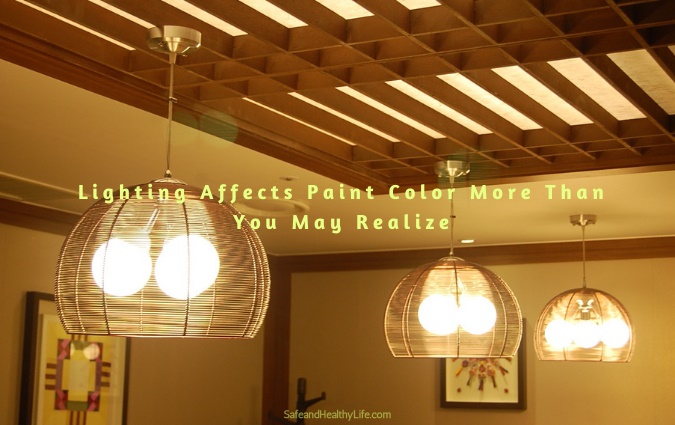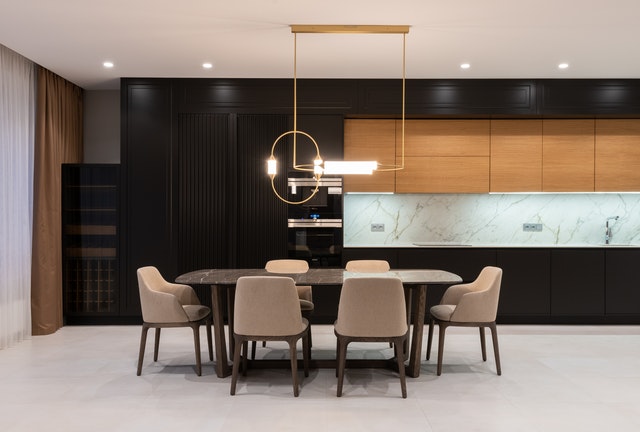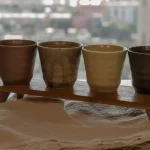
When you grow tired of the look of a room, a fresh coat of paint offers revitalization.
Selecting a paint color can become challenging. Once you understand how lighting affects paint color, you will be ready to make a selection.
Paint Appearance Changes with Room Light Exposure
Multiple variables go into how your paint looks. Whether you are choosing paint for cabinets or walls, understanding how room light changes the colors you see is critical.
As a prime example, consider something we have all done. In the low light of the morning, you grab two socks, thinking they are the same color. You enter your office and discover you are wearing two colors.
The phenomenon that causes this is called illuminant metamerism. This scientific term simply means colors exhibit various hues when exposed to different light.
You need to know this so you can understand why that cool shade of blue looks perfect in the store and dreadful in your room. What makes things even trickier is that paint colors can look fabulous in one room and terrible in another.
The hues exhibited by a paint color can change throughout the day as varying saturations of light enter the room.
By understanding the effects of light on paint colors, you can avoid impulse buying that results in wasted money.
Understanding How Sunlight Affects Paint Colors
Because fluorescent light is unnatural, it will not display colors in their truest forms. Natural sunlight is the best light for making colors appear true.
When you are considering purchasing a gallon or more of paint, consider the room, the direction it faces, and the levels of light it receives each day.
Southern-Facing Windows
In terms of light intensity, southern-facing windows are supreme. While southern-facing rooms are ideal for reading and other activities, the intensity in the afternoon can become too much.
Southern-facing windows make white, and other pale colors appear faded or even dull. Darker colors will appear brighter.
North-Facing Windows
North-facing windows provide indirect sunlight. Indirect sunlight adds a warm tone throughout the room. Unlike southern-facing windows, north-facing light remains more consistent throughout the day. In north-facing rooms, dark colors appear even darker, and lighter colors become slightly muted.
It is important to note that if you live in the Southern Hemisphere, the reverse becomes true. North-facing windows have the most intense light, and southern-facing windows offer indirect sunlight.
East-Facing Windows
Windows that face the east are going to flood your room with an abundance of natural sunlight. Later in the day, these rooms are going to become darker. In these rooms, dark colors will appear more intense in the mornings and dull later in the day.
West-Facing Windows
West-facing windows are much darker in the mornings but become flooded with light in the afternoons. On bright sunny days, red and yellow paint colors in these rooms may become overwhelming.
What About Artificial Lighting?

Photo Credit: Pexels
To understand how artificial light from bulbs affects paint colors, you need to learn about CRI (Color Rendering Index). Bulbs are rated from 50 to 100. The higher the rating, the more accurate the color representation as compared to sunlight.
If you use bulbs with a higher color rating, darker colors are going to appear brighter. In rooms with artificial lighting, lighter paint colors could appear washed out.
Preview Carefully Before Deciding
Before selecting a paint color, you are going to need to perform some testing. Bring home several paint swatches and try them in different areas of the room and at various times of the day to determine the color changes. You should test on a day you can be home all day to see how the phases of sunlight saturation affect the paint color.
If you are finding it overly difficult to choose a paint color that will not leave you disappointed, get professional help. From choosing a color to application, professionals will help you every step of the way.
By considering the light sources in your home, you will find it easier to choose a paint color that looks authentic in your home. While there is no perfect color, taking the steps above will help you find a color perfect for you.
About The Author:
Stacey Smith is a freelance health writer. She is passionate to write about women’s health, dental health, diabetes, endocrinology, and nutrition and provides in-depth features on the latest in health news for medical clinics and health magazines.




